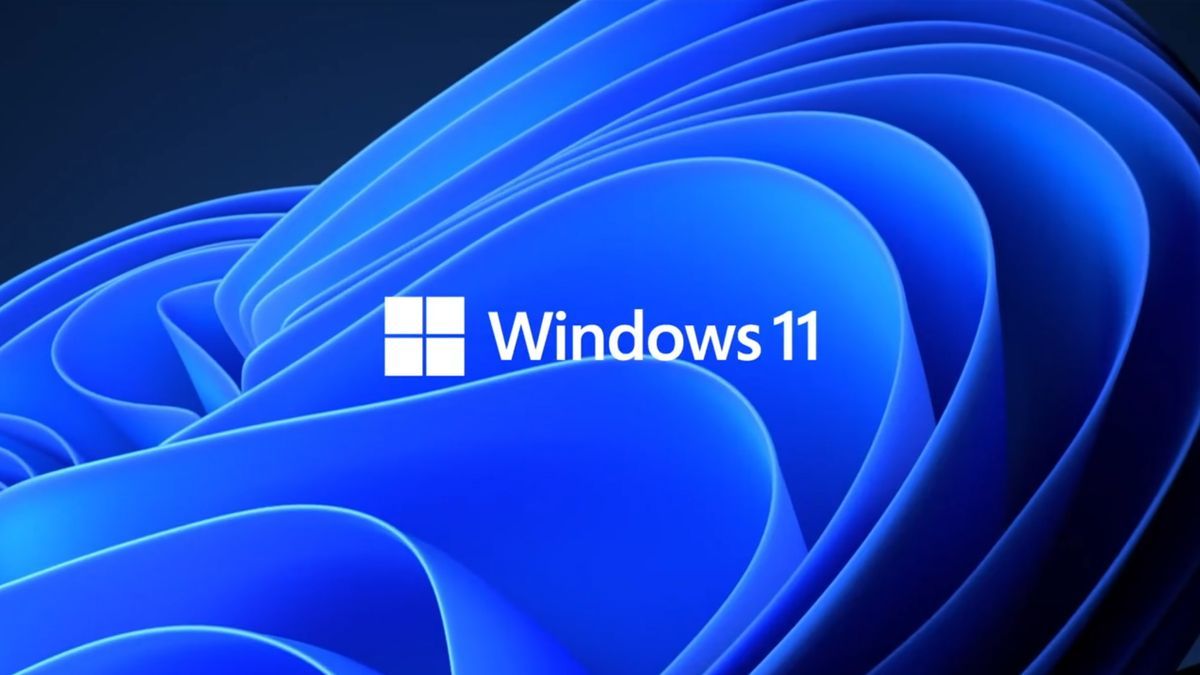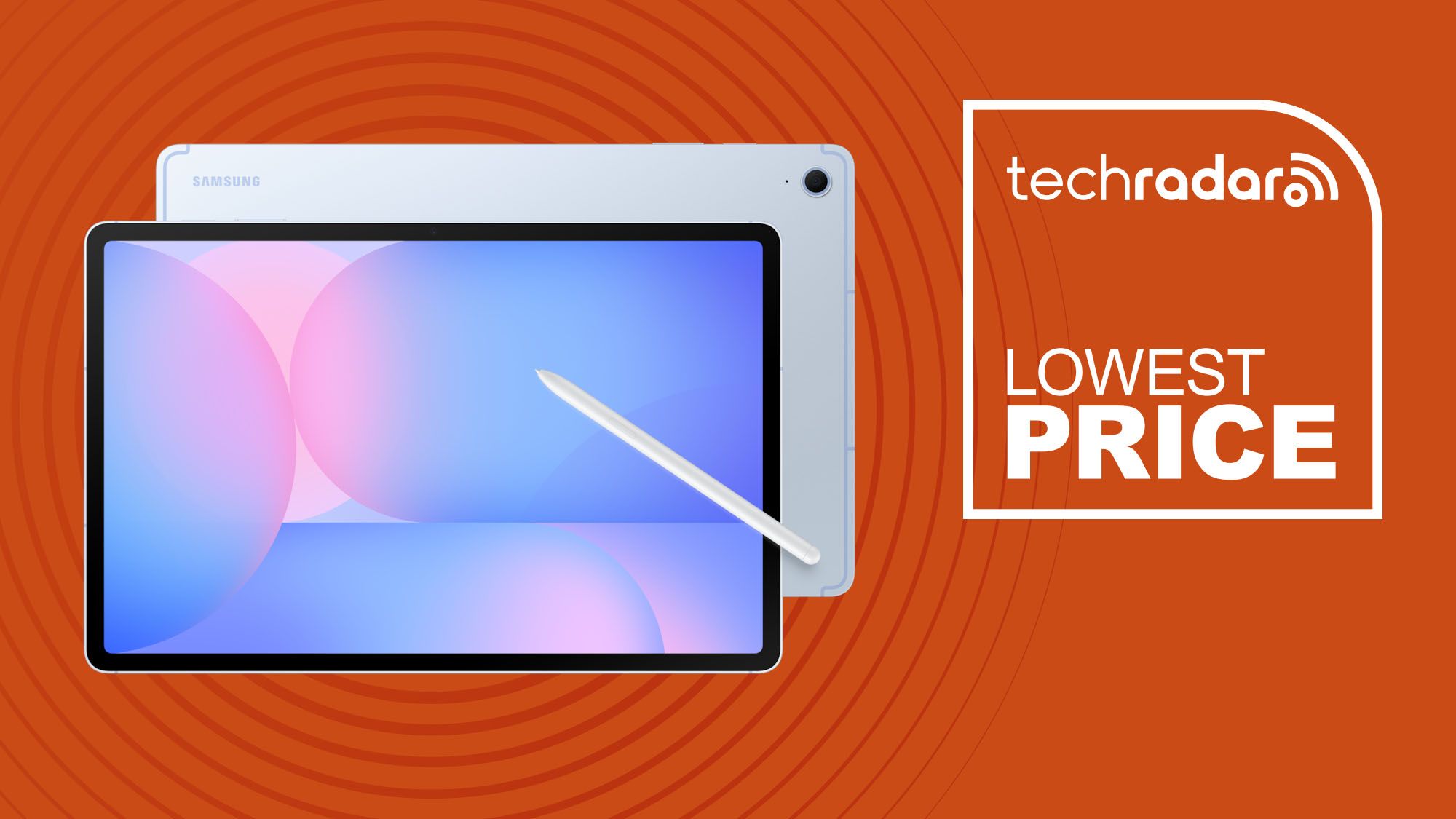Microsoft didn’t have the year it expected with Windows 11 in 2023, as even after two years of general availability, Windows 10 is still (significantly) more popular.
By the end of 2023, Windows accounted for seven in ten (73%) desktop operating systems (via Statcounter), but in the vast majority of those cases, it was Windows 10 that was present.
In fact, two-thirds (67%) of all installations were Windows 10, and just over a quarter (27%) were Redmond’s flagship platform, Windows 11.
Windows 11 is not as successful as Microsoft expected
The company has done a good job of removing Windows 7 users, which at the beginning of 2023 represented 11%. In the end, only 3% used the operating system that is now not supported.
Since Windows 10 won’t reach end of support (EOS) until October 2025, companies appear to be holding on to it and even after that date, they will still have the option to pay for a few additional years of extended security updates (USE).
In December 2023, when Windows 11’s market share actually fell slightly as a percentage, Microsoft issued a request for companies to start thinking seriously about upgrading.
At the time, Jason Leznek, senior product manager for Windows Service and Delivery, said Windows 11, now “enhanced with AI,” offers a 250% return on investment.
Leznek highlighted the variety of upgrade options businesses face now: an operating system upgrade, full hardware upgrades (for unsupported devices), and using a virtual machine like Windows 365.
Microsoft’s two-pronged approach not only involves kicking people out of Windows 10, but also making Windows 11 more attractive. The latest major update, called 23H2, added Copilot directly to the operating system, a generative AI tool that uses the same technology as ChatGPT.
Given that Windows 11 growth was fairly stagnant during the summer of 2023, and again in the final months of the year, it remains to be seen how soon companies will transition to the flagship operating system.









